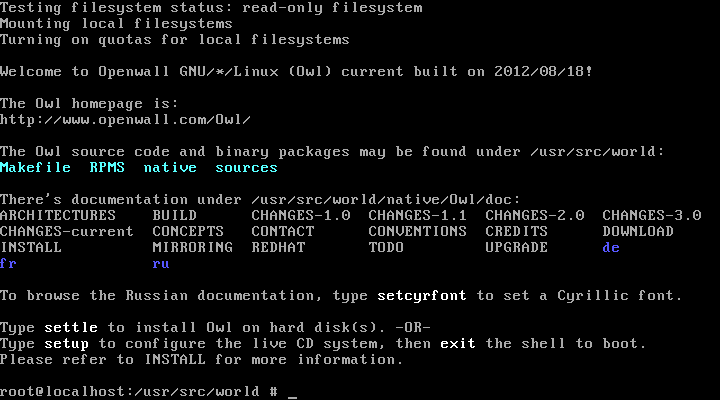
#Gnu patchtool Patch#
It may also be a symbolic linkĬontains a list of patch file names that defines the order in which patchesĪre applied. Theĭirectory may contain sub-directories. Recursively in the parent directories (this is similar to the way When notįound in the current directory, that subdirectory is searched TheĮnvironment variable can be used to override this location. Sub-directory of the source tree (see EXAMPLE OF WORKING TREE below). ( quilt applied, quilt previous, quilt top),Īnd the patches that are not applied at a particular momentīy default, most commands apply to the topmost patch on the stack. They can be pushed on top ofĬommands are available for querying the contents of the series file Of the base tree plus all preceding patches. They can be abbreviated as long as the specified Invoked from anywhere within the source tree. IBM Mainframe utility IEBUPDTE a mainframe patch program, created about 20 years earlier (circa ~1964).With quilt, all work occurs within a single directory tree.Windows ports of patch are provided by GnuWin32 and UnxUtils.Ī patch command is also part of ASCII's MSX-DOS2 Tools for MSX-DOS version 2. Originally written for Unix and Unix-like systems, patch has also been ported to Windows and many other platforms. It will also recover when lines of context (for context and unified diffs) are altered this is described as fuzz. patch is able to recover from this, by looking at nearby lines to relocate the text to be patched. For example, if lines of text are inserted at the beginning, the line numbers referred to in the patch will be incorrect. In some cases when the file is not identical to the version the diff was generated against, the patch will not be able to be applied cleanly. To create a patch, one could run the following command in a shell:
#Gnu patchtool code#
Using diffs, the development team has the ability to effectively review the patches before applying them, and can apply them to a newer code base than the one the outside developer had access to. Outsiders can download the latest publicly available source code, make modifications to it, and send them, in diff form, to the development team. The above features make diff and patch especially popular for exchanging modifications to open-source software.
#Gnu patchtool software#
Because of this property, context and unified diffs are the preferred form of patches for submission to many software projects. Patch can then use this context to locate the region to be patched even if it has been displaced by changes earlier in the file, using the line numbers in the diffs as a starting point. This is achieved by using " context diffs" and " unified diffs" (also known as "unidiffs"), which surround each change with context, which is the text immediately before and after the changed part.

When more advanced diffs are used, patches can be applied even to files that have been modified in the meantime, as long as those modifications do not interfere with the patch. Patches have been the crucial component of many source control systems, including CVS. In addition to the " diff" program, diffs can also be produced by other programs, such as Subversion, CVS, RCS, Mercurial and Git. The diff files that serve as input to patch are readable text files, which means that they can be easily reviewed or modified by humans before use.
#Gnu patchtool update#
Patches described here should not be confused with binary patches, which, although can be conceptually similar, are distributed to update binary files comprising the program to a new release. Patched files do not accumulate any unneeded text, which is what some people perceive based on the English meaning of the word patch is as capable of removing text as it is of adding it.


Because of this, many people came to associate patches with source code, whereas patches can in fact be applied to any text. A variant of the program (but not the only one) is part of the GNU project and is maintained by the FSF.ĭeveloped by a programmer for other programmers, patch was frequently used for updating source code to a newer version. The original patch program was written by Larry Wall (who went on to create the Perl programming language) and posted to mod.sources (which later became ) in May 1985.


 0 kommentar(er)
0 kommentar(er)
